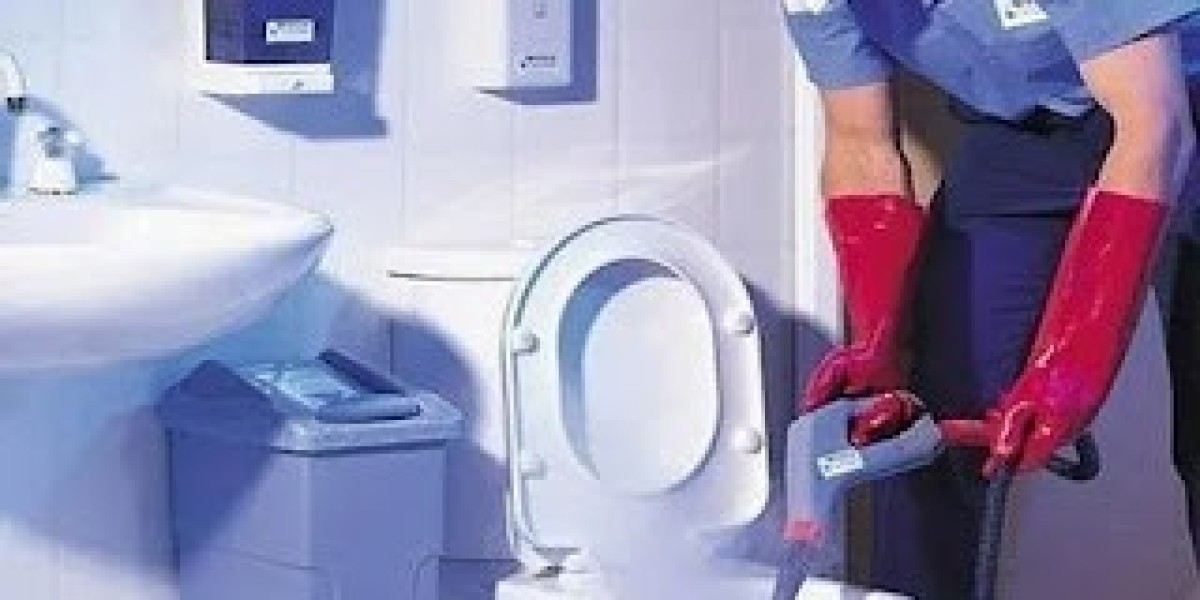Children are like sponges, absorbing knowledge and habits from their surroundings. Teaching them proper washroom hygiene from a young age is not only crucial for their health but also sets the foundation for lifelong cleanliness habits. In this article, we'll explore effective ways to teach children washroom hygiene, ensuring they start their lives with a healthy approach to cleanliness.
1. Lead by Example:
Children often mimic what they see. Be a role model by consistently demonstrating good washroom hygiene practices. This includes proper handwashing, flushing, and cleaning up after oneself.
2. Make It Fun:
Turn hygiene routines into enjoyable activities. Use colorful soaps or sing a favorite song during handwashing to make it engaging. The more enjoyable the experience, the more likely children will adopt these habits willingly.
3. Explain the Why:
Children are curious by nature. Explain to them why proper washroom hygiene is essential. Discuss germs, illnesses, and how washing hands and keeping the washroom clean can keep them healthy.
4. Use Visual Aids:
Visual aids like posters or picture charts can help illustrate hygiene routines. You can find kid-friendly posters that show step-by-step handwashing instructions with colorful images.
5. Establish a Routine:
Set a washroom routine with designated times for handwashing, toilet breaks, and cleaning up. Consistency helps children understand that these practices are part of their daily life.
6. Kid-Friendly Washrooms:
Make the washroom child-friendly by using step stools to help them reach sinks and toilets. Ensure that soap dispensers, paper towels, and toilet paper are within their reach.
7. Praise and Positive Reinforcement:
Celebrate your child's efforts in maintaining hygiene. Offer praise and rewards for consistently following washroom routines. Positive reinforcement helps motivate them.
8. Storytelling:
Use storytelling to convey hygiene messages. Create simple, relatable stories where characters practice good hygiene and emphasize the importance of cleanliness.
9. Explain Private Parts and Boundaries:
As children grow, teach them about private parts and the importance of keeping them clean. Encourage them to ask questions and ensure they understand boundaries and privacy.
10. Gradual Independence:
As your child grows, gradually allow them more independence in the washroom. Encourage them to wash their hands on their own and take on more responsibility for their hygiene.
Conclusion:
Teaching children washroom hygiene is an investment in their health and well-being. By introducing these habits early in life and making them enjoyable, you set the stage for a lifetime of cleanliness. Remember that patience, positive reinforcement, and leading by example are key to instilling good washroom hygiene practices in your children. A healthy start in the washroom is a step towards a healthier future.








